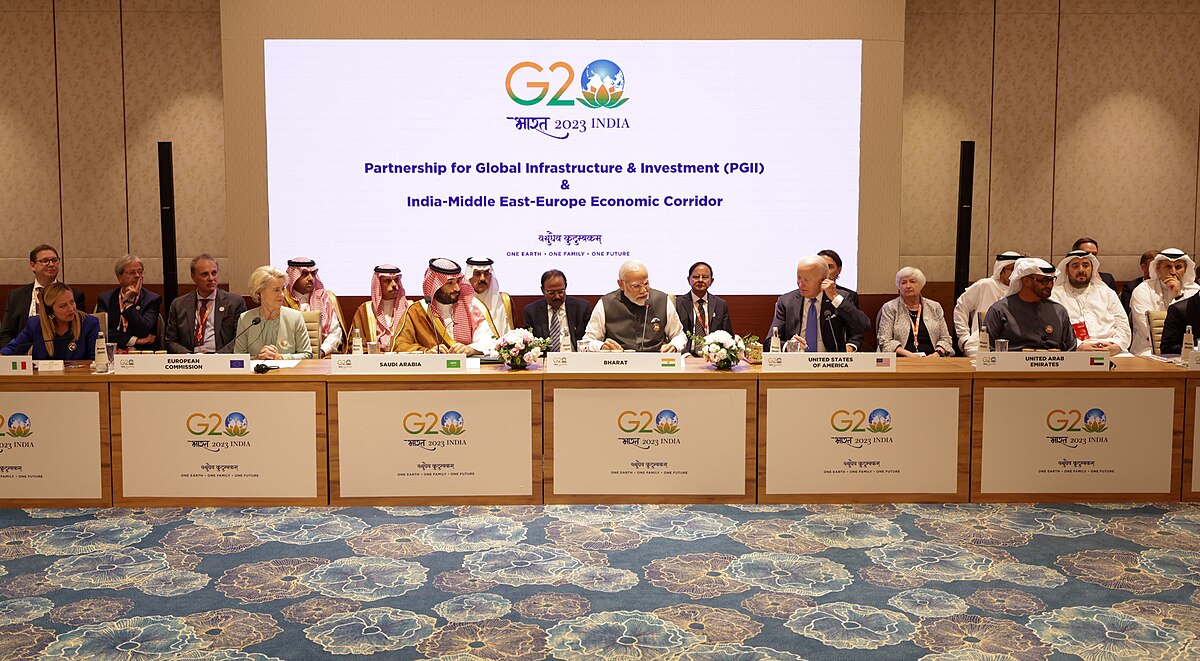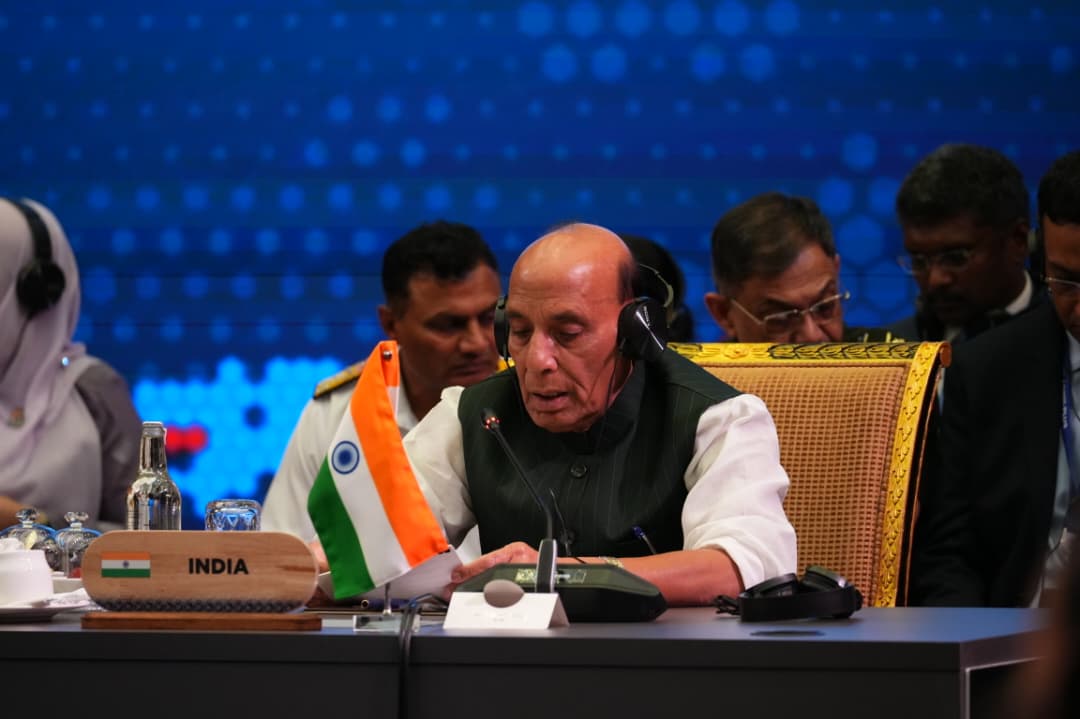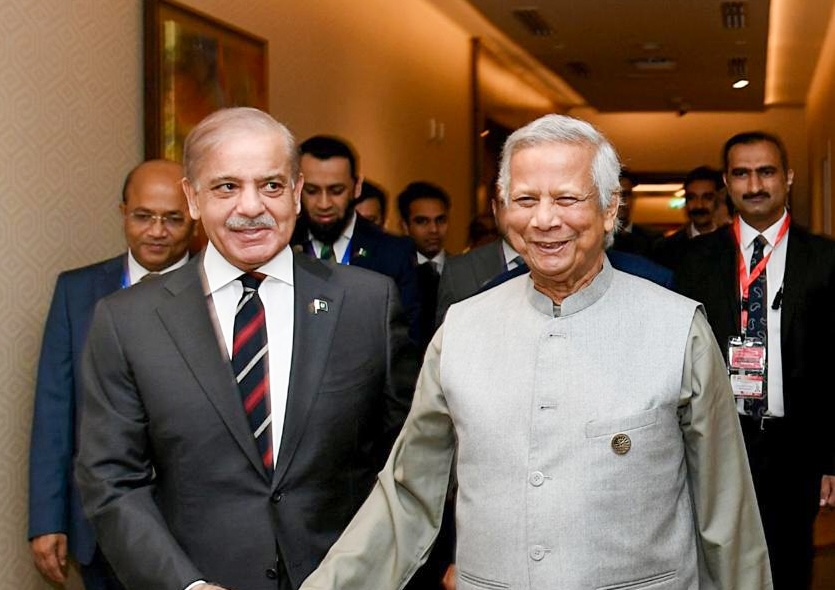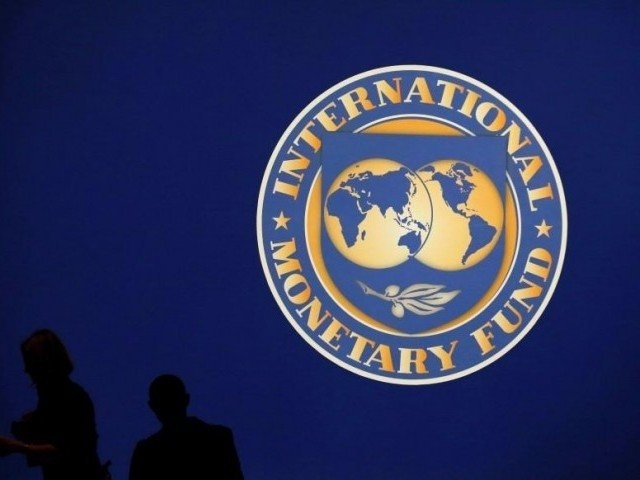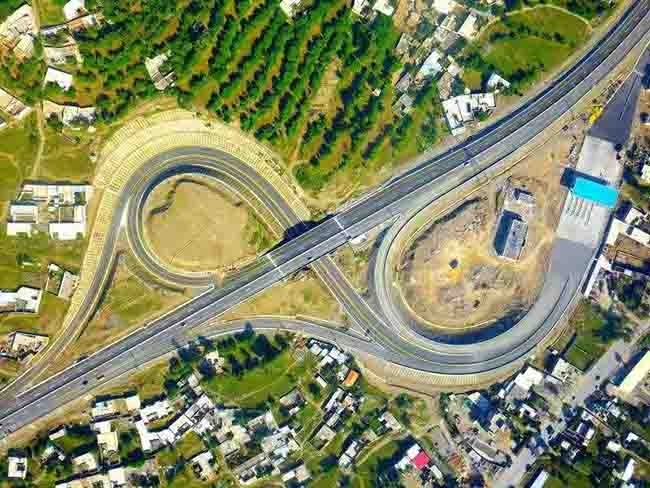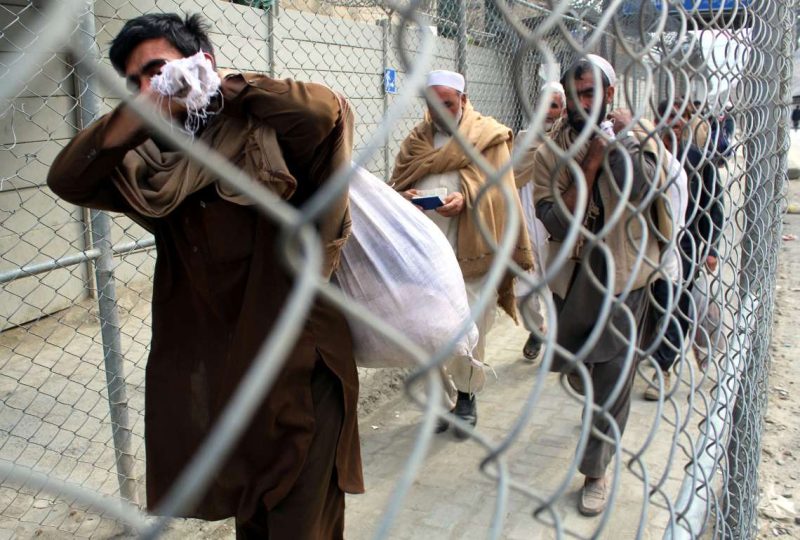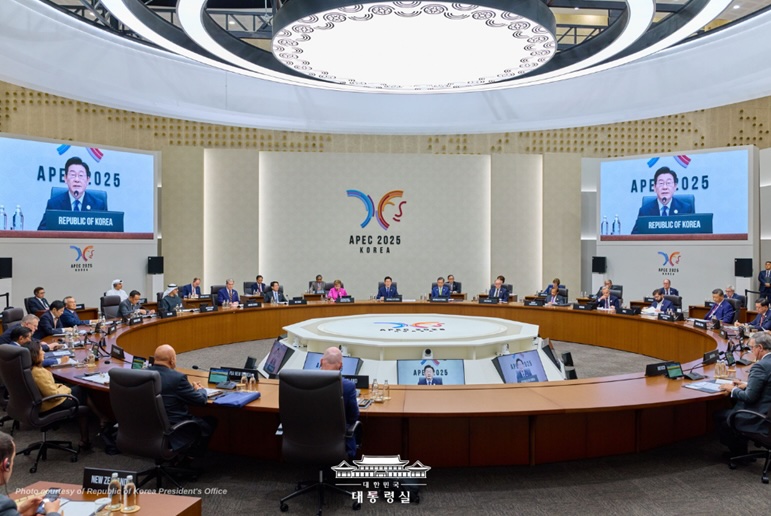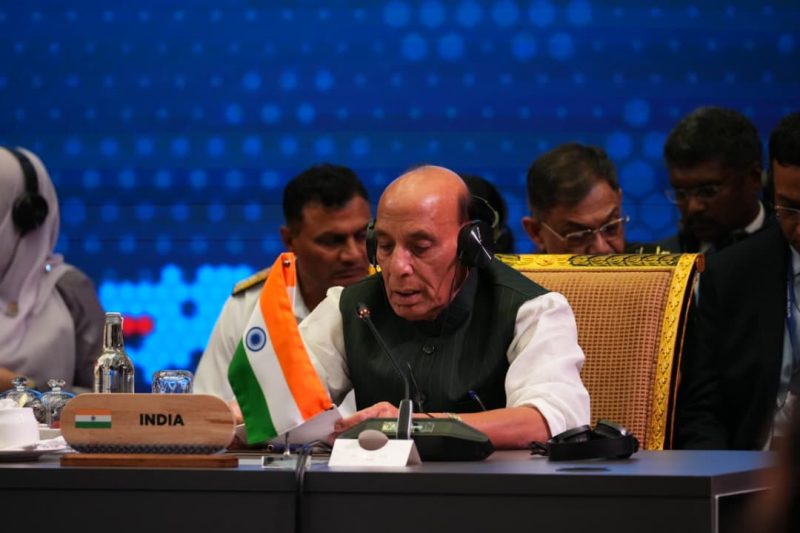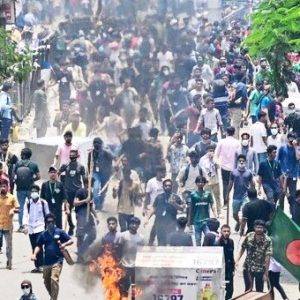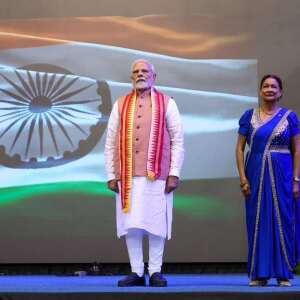Prime Minister Narendra Modi called it “historic”. Other participating entities present at the announcement were the European Union, France, Germany, Italy, the UAE, and Saudi Arabia…reports Asian Lite News
IMEC, a new acronym born during the recent G20 meeting in Delhi, is the most ambitious project yet undertaken under the Partnership for Global Infrastructure and Investment (PGII), the US-led West’s response to China’s Belt and Road Initiative (BRI).
IMEC is a port-and-rail economic corridor connecting India, the Middle East and Europe. Thus the name, India-Middle East-Europe Economic Corridor (IMEC). Along the route, the plan is to run a cable for electricity and digital connectivity
US President Joe Biden, the architect of the (PGII) hailed the project as a “game-changing” regional investment.
Prime Minister Narendra Modi called it “historic”. Other participating entities present at the announcement were the European Union, France, Germany, Italy, the UAE, and Saudi Arabia.
“It will be a clear demonstration of a new model that President Biden has pioneered for more transparent and sustainably — and sustainable develop — sustainable high-standard infrastructure that fills a damaging global gap and enables greater prosperity and better connectivity for key regions around the world,” Jon Finer, Principal Deputy National Security Advisor to the US president, told reporters ahead of the announcement.
The PGII was launched at the 2022 summit of the G7 countries in Germany, as a repackaged and rebranded version of the Build Back Better World — or B3W, as it was called — that was launched in 2021 at the G7 Summit in the United Kingdom. It was to be an unambiguous alternative to China.
A senior Biden administration official told reporters ahead of the G7 meeting on B3W that it will be a “a clear contrast with other global actors like China who are building infrastructure that locks developing countries into unsustainable debt traps and fossil-dependent infrastructure for decades to come”.
And that the B3W was born out of discussions held by Biden with his then British counterpart Boris Johnson on the need to “counter low-quality infrastructure development, like China”.
China’s BRI had locked recipient countries into impossibly high levels of debt. Non-payment of these loans could, and did, lead to significant surrender of sovereignty to the Chinese — like the Hambantota Port in Sri Lanka, which was taken over by China in 2018 for 99 years after Colombo failed to repay the loan taken for its construction.
The port was badly conceived and planned — some say it was found to fail, and it did — as many Chinese-funded projects around the world.
The B3W was to provide value-based, quality infrastructure that is climate-friendly, sustainable and, unlike the BRI, most of the financing was to come from the private sector.
The goal was to close the gap of an estimated $40 trillion between the demand for and availability of infrastructure financing in low and middle-income countries. The plan ran aground, however, as Biden’s domestic plan that inspired it, called Build Back Better, foundered in Congress.
Biden announced the PGII at the 2022 G7 summit with a somewhat scaled down ambition of mobilising $600 billion, by the partner countries over the next five years. He committed $200 billion from the US. A number of projects were announced at the same time in Africa, the Middle East and Europe, making it clear the leaders were putting their words into action.
The Biden administration has also focussed, at the same time, on reforming the multilateral development banks such as the World Bank as an alternative to China’s predatory lending under the BRI.
A big part of this move was the appointment of Ajay Banga, an Indian-American, to head the World Bank, Biden administration officials have said. Under his leadership, the Bank is expected to offer itself as another alternative to China’s BRI.
ALSO READ-Russia lauds India-Middle East-Europe Economic Corridor


